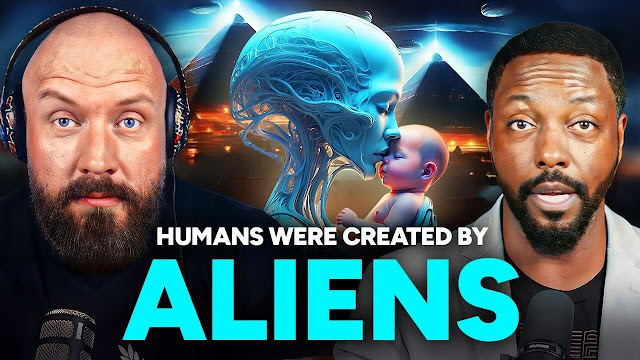In the age of rapidly advancing artificial intelligence, the emergence of sophisticated text-to-video models like Sora AI by openai brings both excitement and concern. While such technology promises innovative possibilities for creative content generation, it also raises significant ethical and societal challenges. One area where this impact is particularly noteworthy is in the realm of UFO sightings and the propagation of misinformation.
The UFO Phenomenon:
For decades, unidentified flying objects (UFOs) have captured the imagination of people worldwide. Reports of strange lights in the sky, mysterious aerial phenomena, and encounters with extraterrestrial beings have fueled speculation and intrigue. With the advent of social media and the internet, these sightings have become easier to document and share, leading to an explosion of interest in UFO-related content.
The Rise of Text-to-Video AI Models:
Sora AI and similar text-to-video models represent a leap forward in AI technology. These models have the ability to generate realistic video sequences based on textual input, effectively bringing written descriptions to life. While this capability holds great potential for various applications, it also introduces new challenges, particularly in the realm of misinformation.
The Risk of Misinformation:
As text-to-video AI models become more accessible and widespread, there is a significant risk that fake UFO sightings will proliferate and spread rapidly across the internet. With just a few keystrokes, individuals could fabricate elaborate descriptions of UFO encounters, complete with AI-generated video footage that appears convincingly real.
The Viral Spread of Fake Sightings:
In today’s digital age, misinformation can spread like wildfire, fueled by the viral nature of social media and online platforms. A single fake UFO sighting, amplified by AI-generated visuals, has the potential to capture the public’s attention and spark widespread speculation. This phenomenon could lead to panic, confusion and the dissemination of false information.
The Importance of Critical Thinking:
In light of these developments, it is more important than ever for the public to exercise critical thinking and skepticism when encountering UFO-related content online. While the allure of sensational videos and eyewitness accounts may be compelling, it is essential to scrutinize the sources and evaluate the credibility of the information presented.
Ethical Considerations:
Furthermore, the creators and users of text-to-video AI models must grapple with ethical considerations surrounding the responsible use of this technology. With great power comes great responsibility, and developers must consider the potential consequences of their creations, including the spread of misinformation and the impact on public perception.
The new 2024 models can create extremely realistic graphics that closely resemble our reality. However, they are often flawed with ‘glitches’, particularly in text-to-video models. As these models continue to learn and improve, it is expected that these “glitches” will be addressed by 2025, making the technology fully realistic and terifidied at the same time.
UFO Sightings in the Age of AI:
The emergence of text-to-video AI models like Sora AI presents both opportunities and challenges in the realm of UFO sightings and misinformation. While these technologies hold promise for creative content generation, they also pose significant risks in terms of propagating fake sightings and misleading the public. As we navigate this new frontier, it is imperative that we approach UFO-related content with a critical eye and a healthy dose of skepticism.
By raising awareness of the potential impact of text-to-video AI models on the dissemination of UFO sightings, we can work towards a more informed and discerning society, better equipped to separate fact from fiction in an increasingly digitized world.





